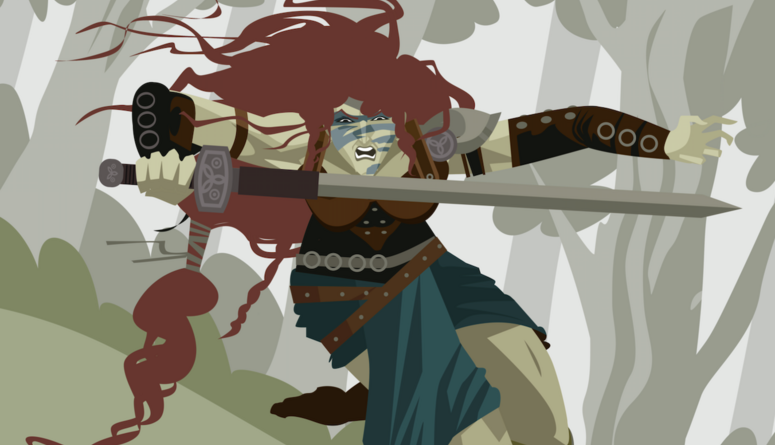
Konkurs realioznawczy - Queen Boadicea
Celtowie zamieszkujący Wyspy Brytyjskie przed najazdami Rzymian, Wikingów oraz plemion germańskich stworzyli niezwykle bogatą kulturę. Mieli też bardzo nowoczesne podejście do praw kobiet. Akceptowali ich autorytet i dopuszczali je do sprawowania władzy. Na kartach historii w szczególny sposób zapisała się legendarna celtycka królowa Boadicea: nieustraszona władczyni i wojowniczka żyjąca w pierwszym stuleciu naszej ery, która miała odwagę sprzeciwić się potędze Imperium Rzymskiego.
Queen Boadicea
When the Romans conquered the British Isles in AD 43, the Celtic kings and chiefs had to accept the Roman ‘protection’ and the laws imposed by the invaders. The Celts accepted the authority of female leaders, but under Roman law, women had few rights. When the Iceni King Prasutagus died in AD 60 without a male heir, his wife Boadicea, a striking looking woman whose appearance was described as terrifying, became the sole ruler of the Iceni tribe. Boadicea was very tall, with fierce eyes and great mass of long red hair. Above all she was proud and fearless.
The Romans wanted the queen to resign, but she refused to step down, so the invaders decided to annex the entire Iceni kingdom for the Roman Emperor. Boadicea was captured and flogged in public, and her two daughters were raped.
This insult was too much. Boadicea reached out to other tribes in the region, who had also suffered at the hand of the Romans, and she gathered a great army of over 230,000 men and women. When the Celts were ready to meet the Romans, Boadicea appeared in a chariot and spoke to the warriors telling them that they must fight for their lost freedom and win or die. Boadicea’s army marched on Londinium, and then it looted and burned the city to the ground. Then the Celts attacked two other Roman settlements. It was estimated that 70,000 to 80,000 people were killed in the attacks. The Celts were very brutal, and they did not take prisoners.
However, the Romans were much better trained and equipped. They withdrew to assemble an army of 10,000 soldiers that would be capable of challenging Boadicea. The final battle was fought in the Midlands of England in AD 61. The fearless Boadicea and her daughters drove round in her chariot to all her tribes before the battle, encouraging them to be brave. Unfortunately, this time Boadicea’ army was defeated. The Romans killed 80,000 Britons; men, women and children. Boadicea was not killed in the battle but, true to her word, she killed herself by poison as she did not want to be taken alive by the Romans.
Boadicea has a very special in British history and is remembered as the Warrior Queen who had the courage to challenge the might of Rome. In 1902 a bronze statue of her riding high in her chariot was placed on the Thames embankment next to the Houses of Parliament in London and it can still be seen there today.